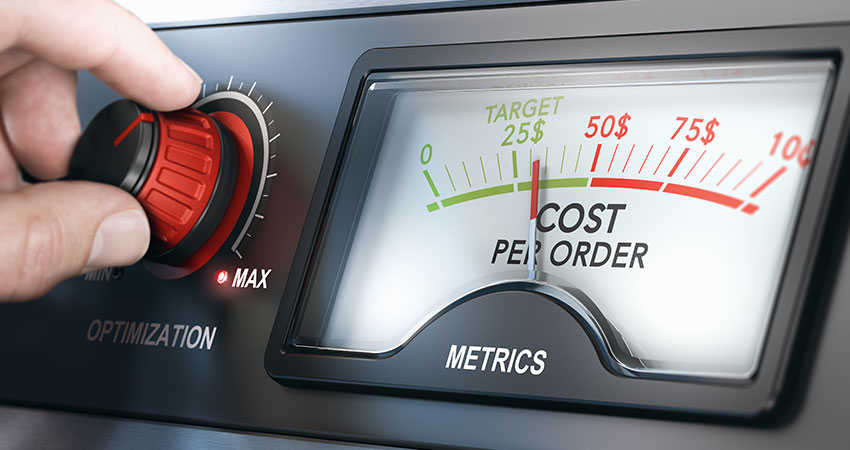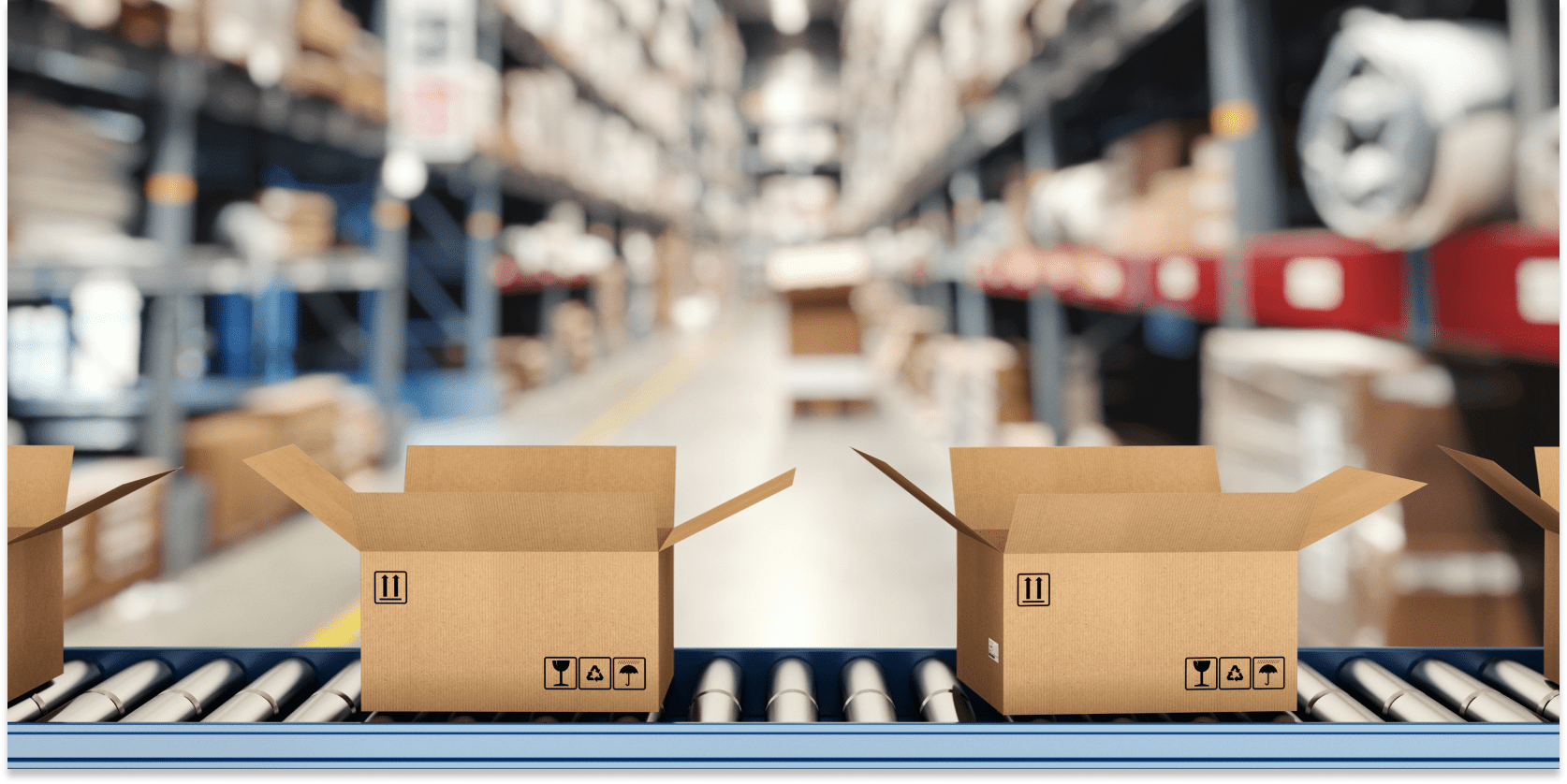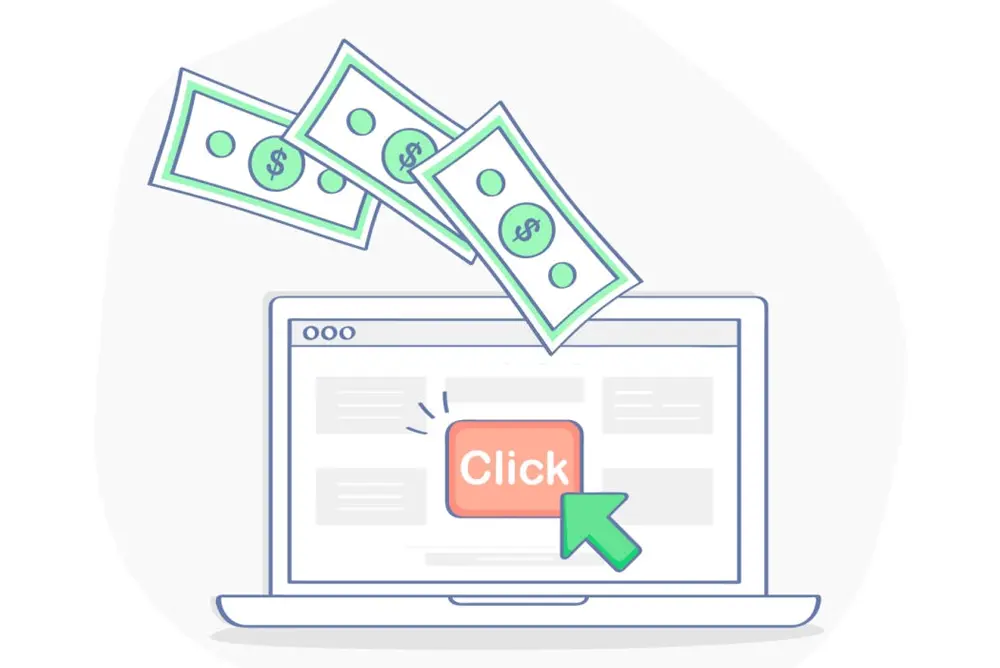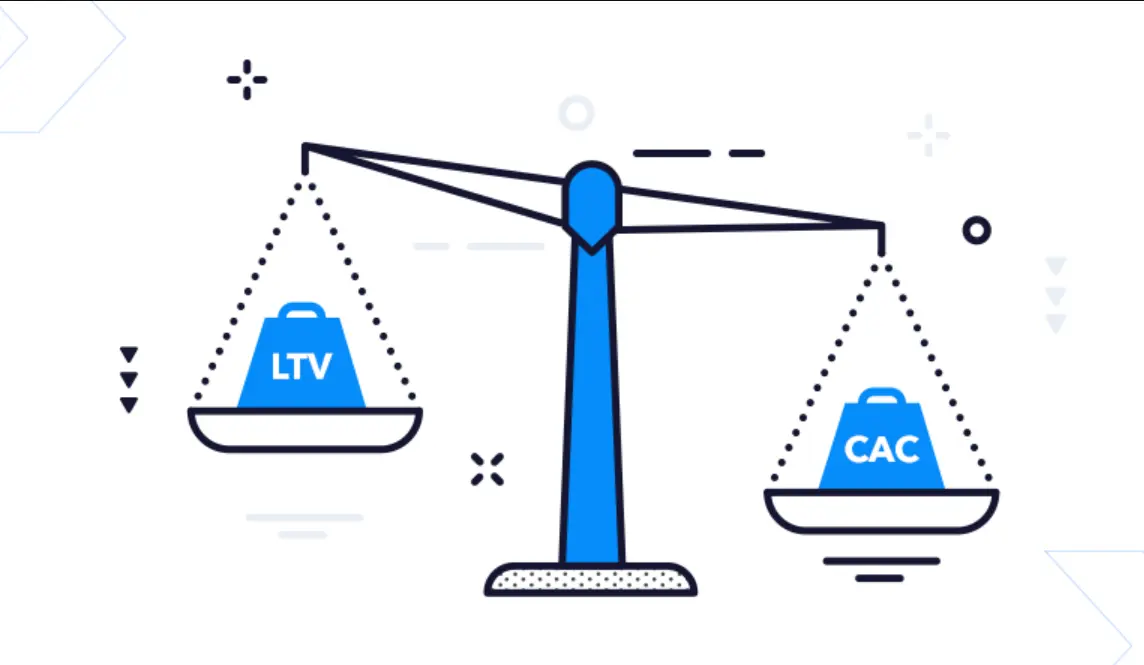A Quick Guide To Cost Per Order in Ecommerce
The majority of online stores have one goal: to make money. Selling your products and services for more than what it costs you to purchase, make, and offer them is a proven way to break even in a retail business. Profit margins in an e-commerce marketplace can be significantly greater than in traditional commerce because you are not required to rent expensive retail stores. But for most enterprises, reducing the cost per order on every product is a topmost priority.
Despite the lower startup costs of an e-commerce marketplace, there are some additional costs to selling goods online that entrepreneurs may not know. Therefore, how can an online store effectively determine how much revenue they generate per order when there are so many variables to consider, such as shipping costs, marketing costs, fulfillment costs, and so on?
Also, how would you know whether you're offering the correct price for that item? Understanding how to determine the associated cost of every product is critical in determining the right price for your goods and services. In this comprehensive article, we will cover all the beneficial aspects of calculating the cost per order and how to reduce these costs to increase overall profits.
Table of content:
- What is the cost per order?
- How do you calculate cost per order (CPO)
- The formula for calculating the cost per order
- Types of costs related to Calculate the CPO
- how to reduce cost per order?
What is the cost per order?

Cost-per-order is a metric used to understand how much it costs to make and distribute each order. Many businesses assume that the wage costs of services or retail product pricing are all included in the raw materials for making the actual goods. If a product is inexpensive to manufacture, the cost per order will remain low. However, offering your buyers what they require entails more than simply providing the service or product.
Knowing every component of the cost of supplying your goods to your customer allows you to know the profit you're getting precisely. The approach tends to boost advertising campaigns, attract more investors, and keep shareholders informed of business growth to help maintain proper financials.
How do you calculate cost per order (CPO)?
Everything, including customer acquisition to shipping and fulfillment costs, should be factored into the cost per order calculation. To determine your cost per order, sum up all of your order expenses, ranging from everything spent on packaging, acquiring, fulfilling, and shipping orders — over a specific period. After which, you divide the product (order) costs by the overall (total) number of orders received during this same period.
The formula for calculating the cost per order is:
(Customer acquisition costs + fulfillment costs + shipping costs + packaging costs + cost of goods sold + storage costs in a period) / (Total number of orders in the same period.)
Note: COGS is the abbreviated form of the cost of goods sold.

Example 1: Cost per order sample
Amazon Enterprises is a manufacturing firm that produces all ranges of leather shoes. The company received 600 orders that brought in $75 worth of revenue per order in May 2022. The processing of the orders generated the additional costs below:
Fulfillment costs – $350
Storage costs – $450
COGS – $3,000
Marketing/ads costs– $12,000
Packaging costs – $540
Shipping costs – $2700
Number of orders received = 600
Estimated revenue = $75 (per order)
Therefore:
Total costs = Fulfillment costs + storage costs + COGS + Marketing/ads cost + Packaging + Shipping costs) = $350 + $450 $3000 + $12,000 + $540 + $2,700 = $18,840
Total costs = $19,040
Cost per order (CPO) = Total costs / Total number of orders
CPO = $19,040 / 600 = $31.73
Now, we will compute the total profit per order;
Total profit per order = revenue per order – cost per order
Total profit per order = $75 – $31.73 = $43.27
Conclusion: Each order brought a profit of $43.27
Types of costs associated with the delivery of a product
Ecommerce firms generally factor in the cost of products sold, storage costs, shipping costs, and other expenses when estimating order costs. While these are required costs to include in your calculations, there are extra costs to consider;
1. Shipping Costs
When calculating the cost per order for a given product, an entrepreneur must not exclude the shipping costs. The direct costs of transporting a product from store shelves in your warehouse facility to a customer's location are shipping costs. Among these expenses:
- The cost of hiring someone to pack, pick, and ship an item.
- The price of hiring a courier to pick up and deliver a package.
- The cost of export/import fees, When shipping products internationally.
2. Advertising or Marketing Costs
Customer acquisition costs (CAC) are also considered advertising or marketing costs. It is the sum of money a business has spent on advertising and marketing to get consumers to buy something. It's not surprising that it's among the most crucial e-commerce indicators to monitor.
Note: Customer acquisition cost includes the costs of digital marketing campaigns, traditional ads, social ads, and other advertising channels. Enterprises can make informed choices about how much they spend upfront to increase conversions if the metric is well tracked.
3. Warehousing (storage) Costs
The Warehousing cost in e-commerce can be directly related to the facility cost.
The cost of renting or owning a warehouse facility depends on the storage capacity, location, and services required. The storage facility's overhead costs are the highest in the computation, including lease or mortgage expenses, taxes, utilities, insurance, maintenance, and equipment.
Note: The calculation must include the costs of maintaining the warehouse management system, fulfillment equipment, and system and software maintenance costs.
4. Cost of Goods Sold (COGS)
Cost of Goods Sold (COGS) is the "direct cost" associated with producing goods or services. It is approximately equal to revenue and includes inventory, factory overheads, and direct labor costs. For producing goods, these costs include the variable costs of manufacturing the products, such as labor and raw materials.
Note: The primary goal of calculating COGS is to determine the "true cost" of goods sold during a given period. It does not consider the cost of items bought during the period but not sold or held in inventory. It aids managers and investors in assessing the company's performance.
5. Fulfillment Costs

Order fulfillment costs are the summation of all the associated costs of processing orders, storing inventory, and delivering orders to customers. It also includes restocking fees, payments for processing returns, and other costs such as receiving costs, packaging fees, inbound shipping costs, order insert fees, and custom labeling.
6. Packaging Costs
Costs can quickly escalate based on the packaging materials used by the company. The cost of packaging a product largely depends on the nature of the materials. Custom, branded packaging can make a big difference in the unwrapping experience, and it is essential for high-end, luxury goods. However, if you are hoping to sell a low-priced item, this can be an extra cost if it's not a premium product or goods.
Note: The cost of the packaging must not exceed 5% of the total order value. Ordinarily, some packaging materials are more expensive than others, and purchasing in bulk will usually get you a better deal.
7. Labor Costs
The total cost of labor includes all salaries paid to the workers and the cost of employer payroll taxes and employee benefits. Labor costs are in two categories: direct and indirect or overhead costs. Indirect costs are associated with employees who maintain factory equipment, whereas direct costs are involved with salaries for employees who produce the products, such as personnel on a production line.
What are the ways to reduce cost per order?
-
Avoid undemanded products (goods)
Stocking an online store inventory in a warehouse can be costly, mainly if the inventory does not sell quickly. You will need floor space for everything your store owns. By so doing, businesses will have to increase the storage area to compensate for the unsold products. Therefore, online store owners must trade goods in high demand.
-
Reduce marketing (advertising) costs
For instance, if a company spends $300 to acquire a customer and the average order value is $270, the business loses $30 on each product sold — and that's before you factor in the costs of fulfillment. To this end, entrepreneurs must deploy effective marketing strategies to reduce customer acquisition costs to operate profitably.
-
Reduce the Cost of Goods Sold (COGS)
The cost of goods sold is a crucial criterion for profit calculations because it tells you how much your production costs are. For online store owners, if some products' COGS are high, speak with the manufacturers to see if they can implement ways to reduce costs and shorten long manufacturing times.
-
Prompt order execution
An enterprise can significantly reduce the cost per order by operating a more productive eCommerce warehouse. As less staffing and time are needed for efficient order processing, you will spend very little on order fulfillment. Dispatch orders to the nearest warehouse to reduce shipping and fulfillment costs.
-
Opt for Shipping Discounts
Most e-commerce firms will probably ship many products monthly, weekly, or daily. As a result, shipping costs could skyrocket – primarily if a store provides free shipping options to customers. For online retailers, opting for shipping discounts will be a rewarding option to consider when trying to reduce the cost per order of goods. Most shipping carriers will offer you discounts if you ship large quantities of products.
Next Steps
Now that you have been exposed to the proven ways to reduce cost per order and how to calculate it, when will you implement it in your online store effectively? Tomorrow or next? Our advice, face the odds and implement it now.


